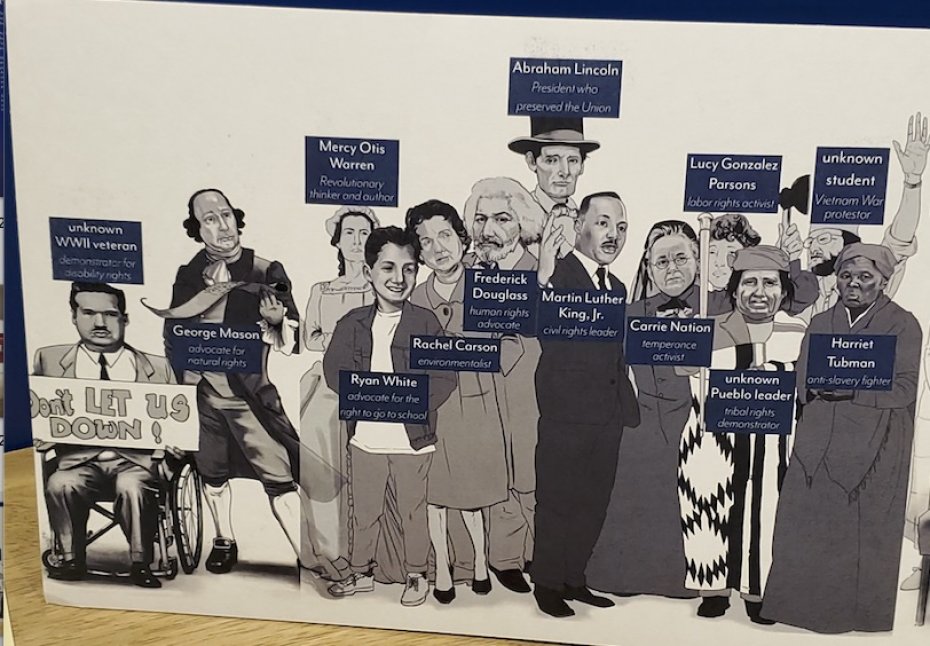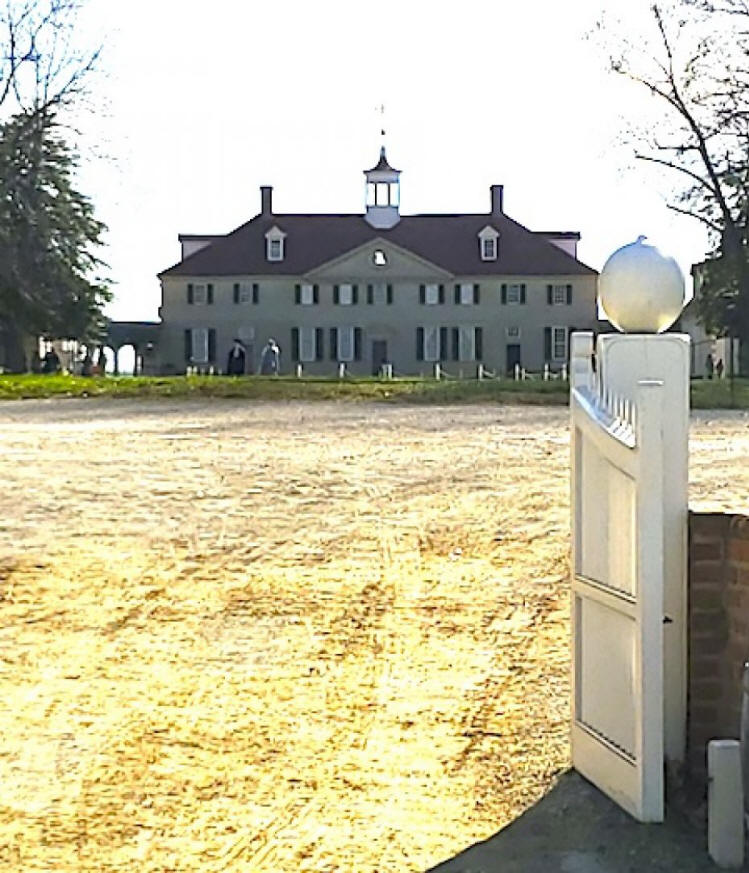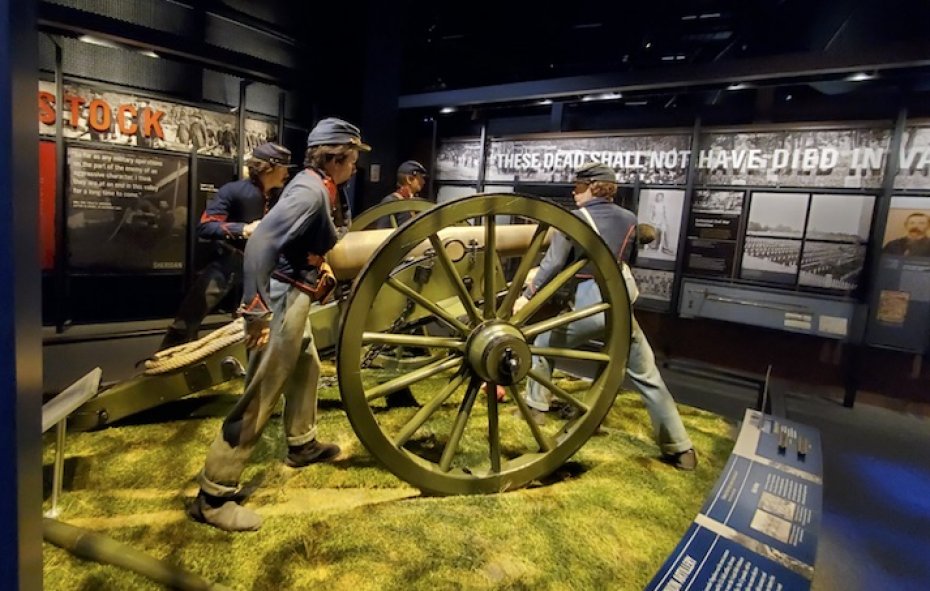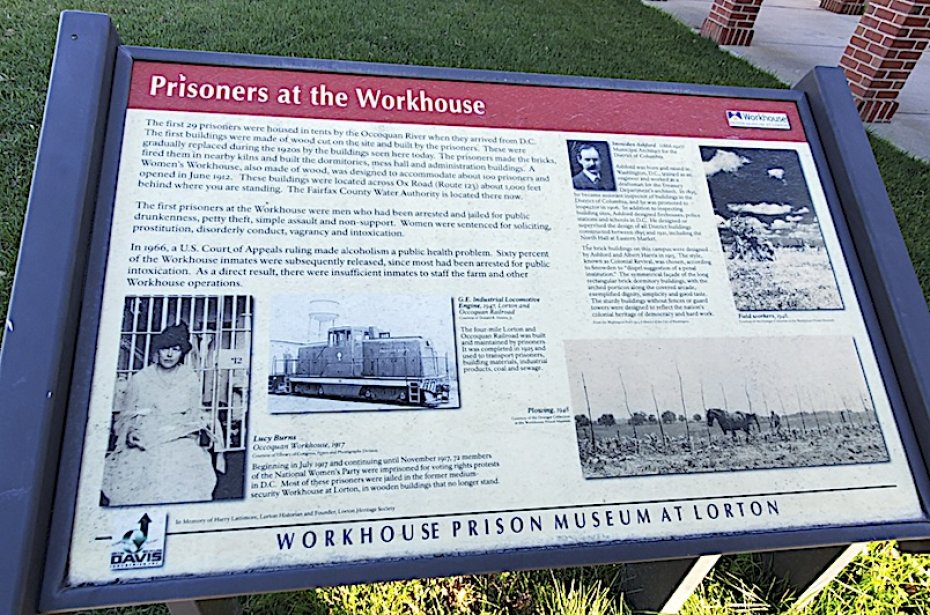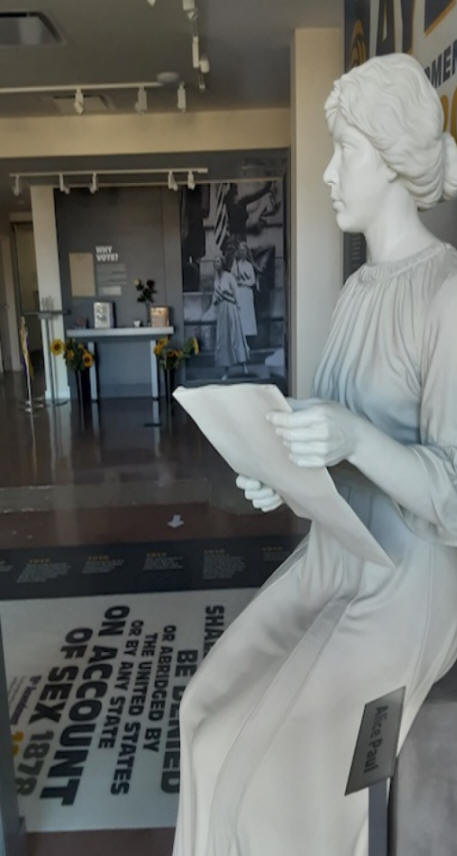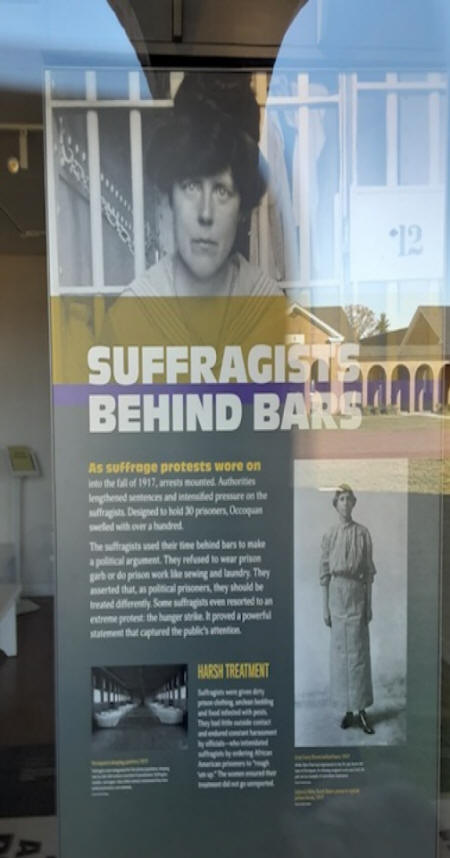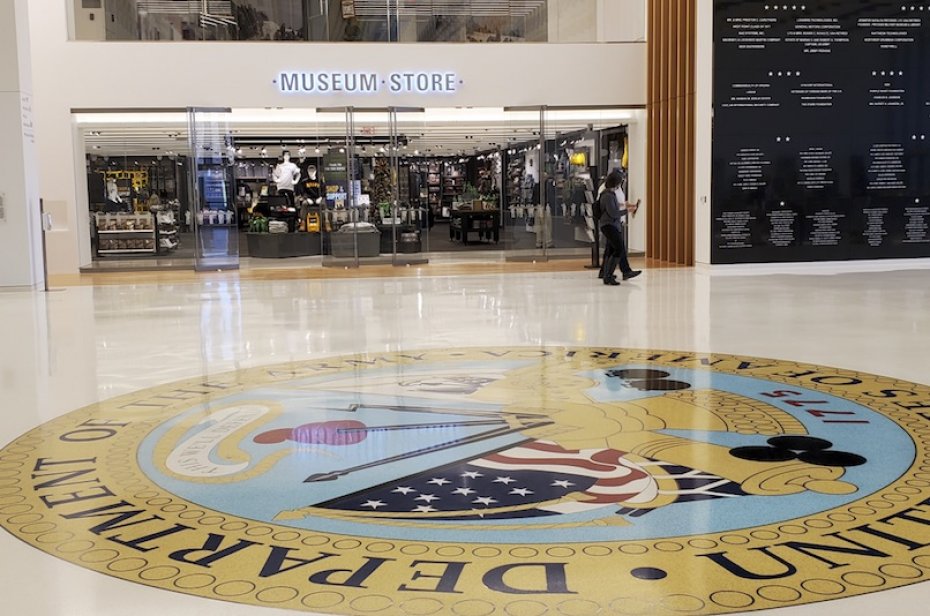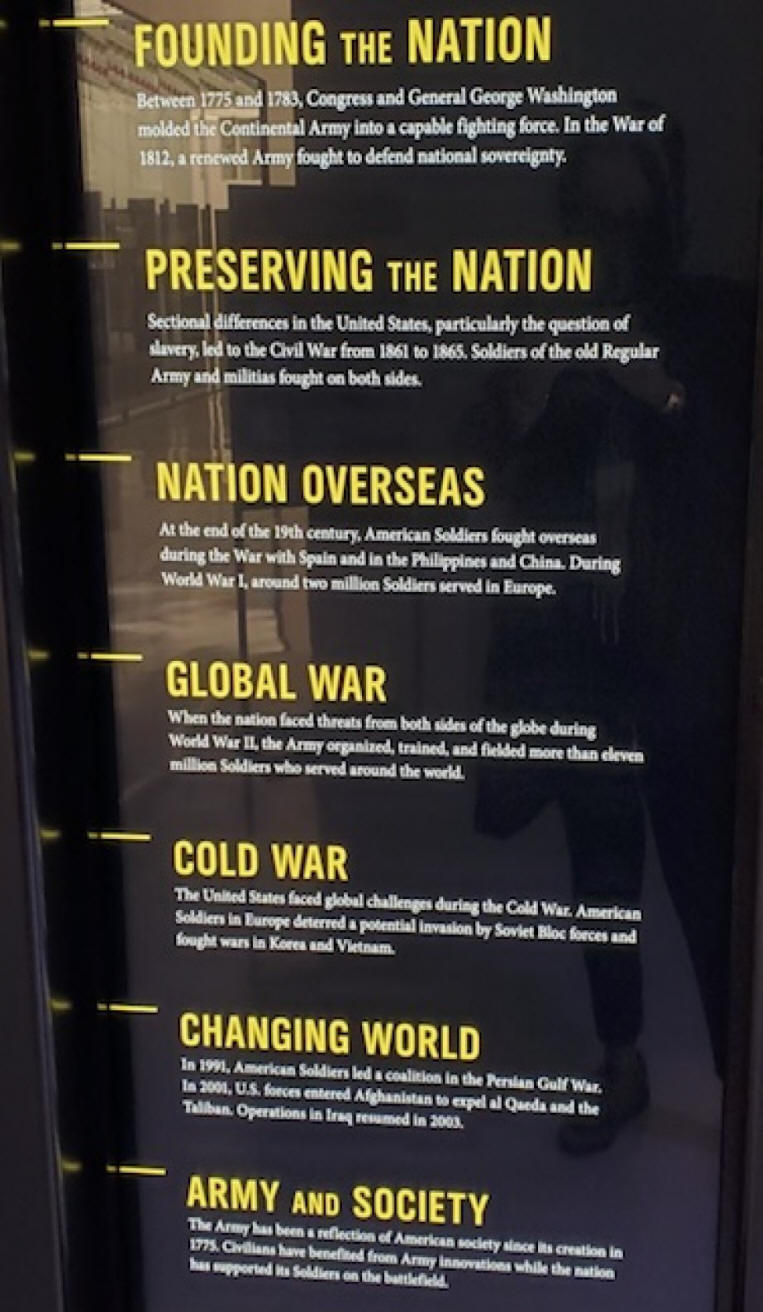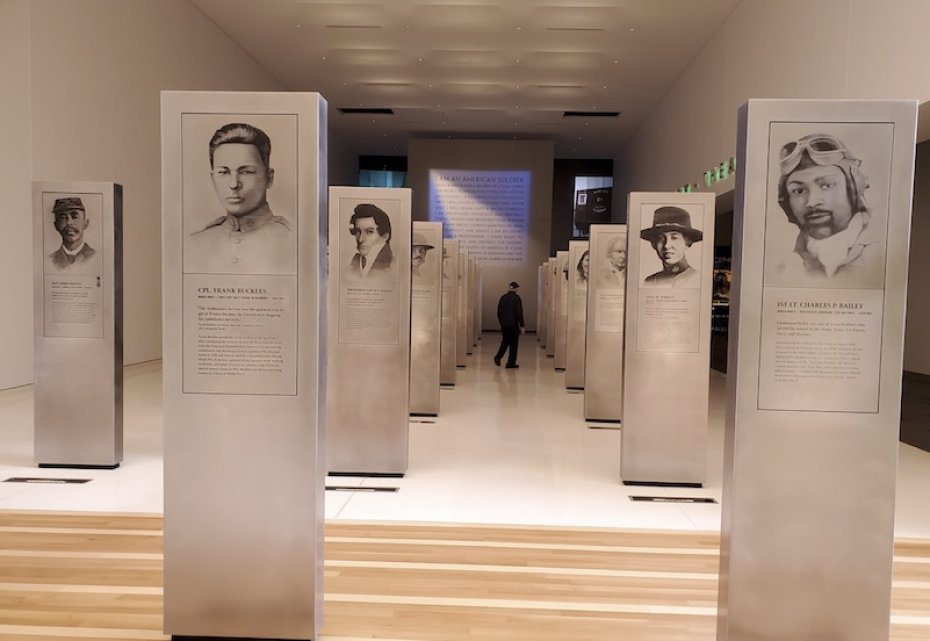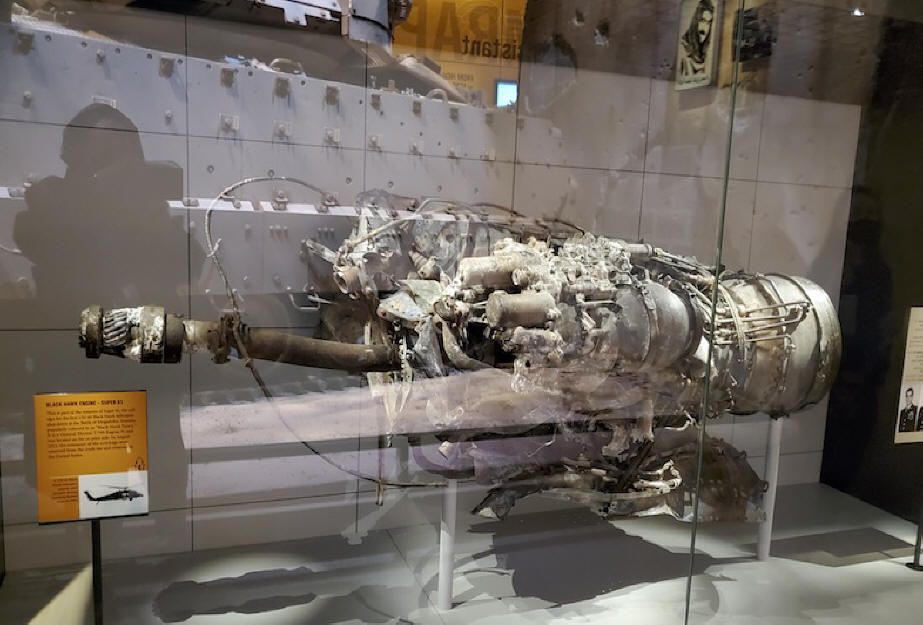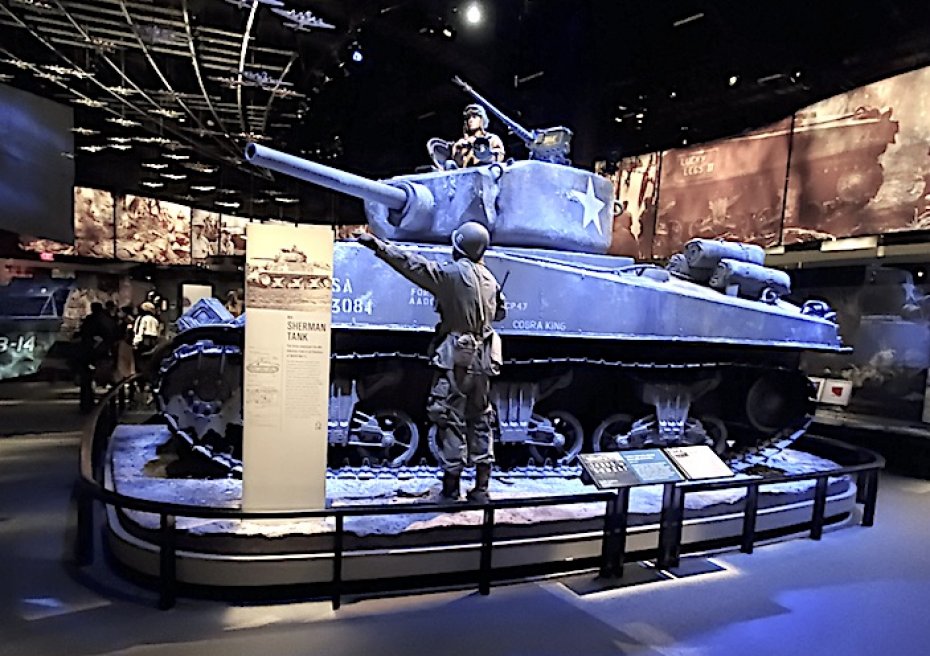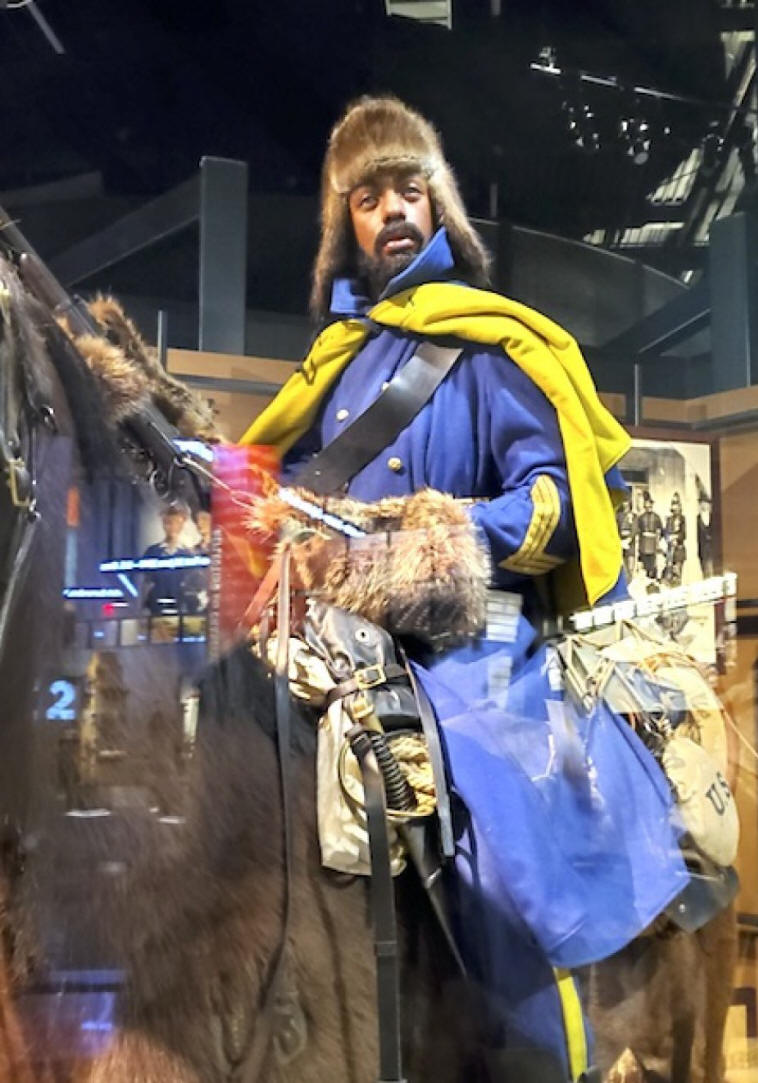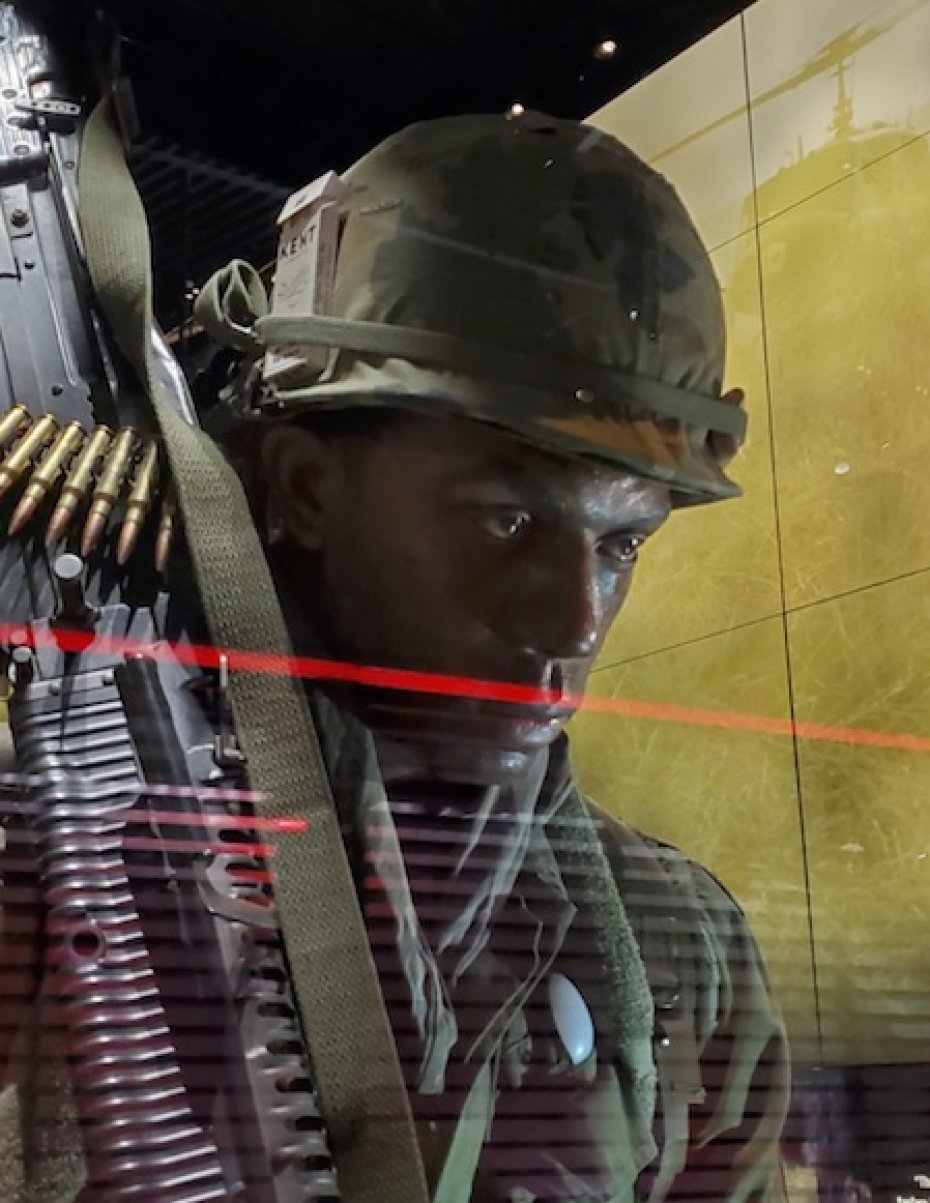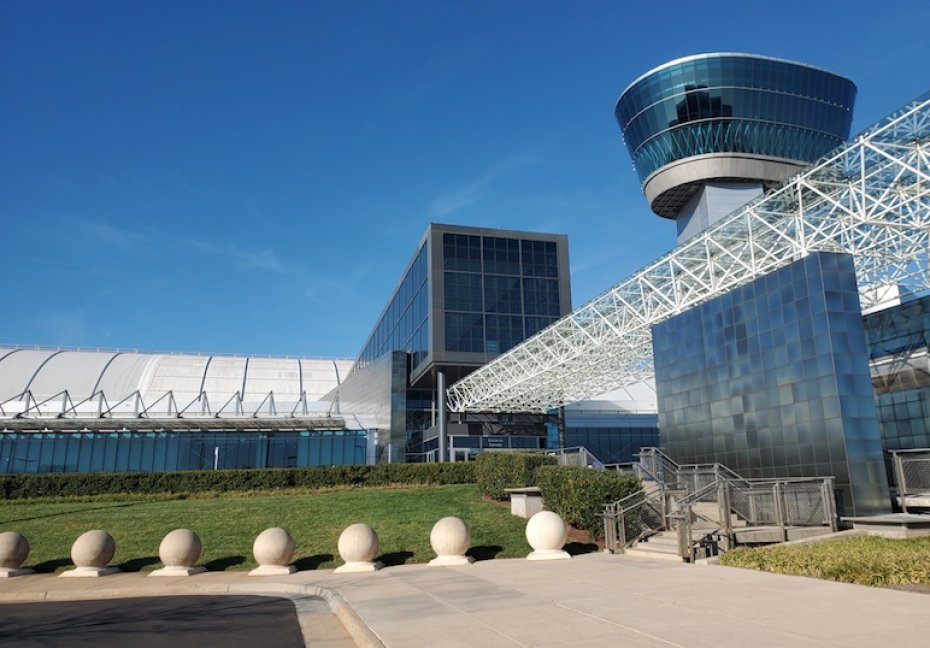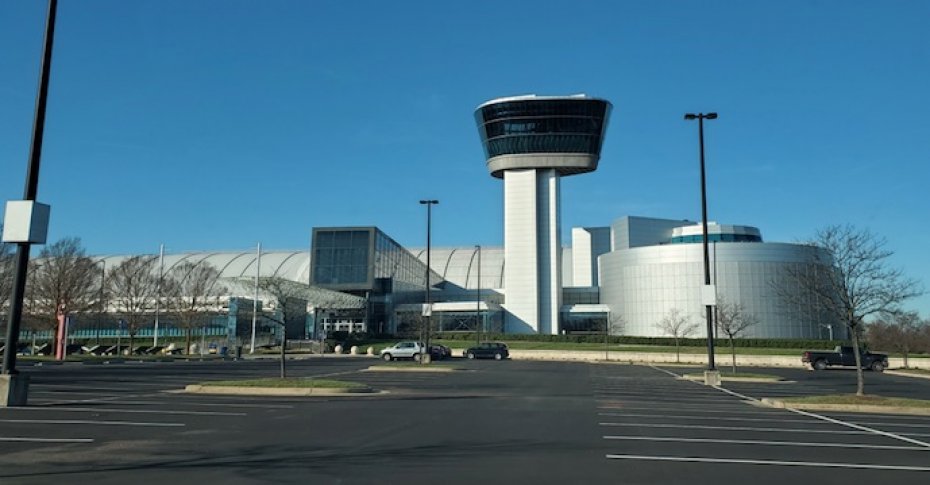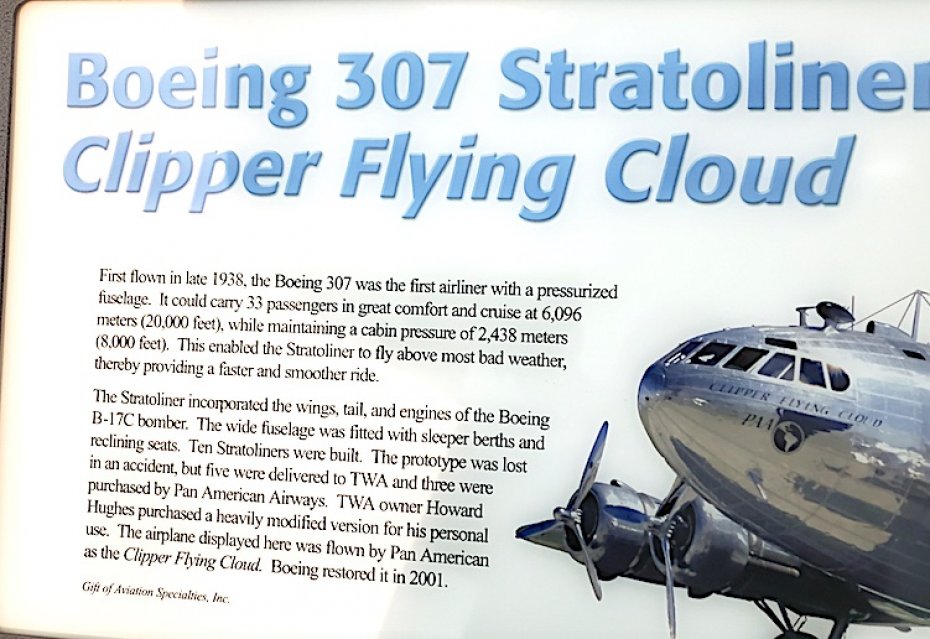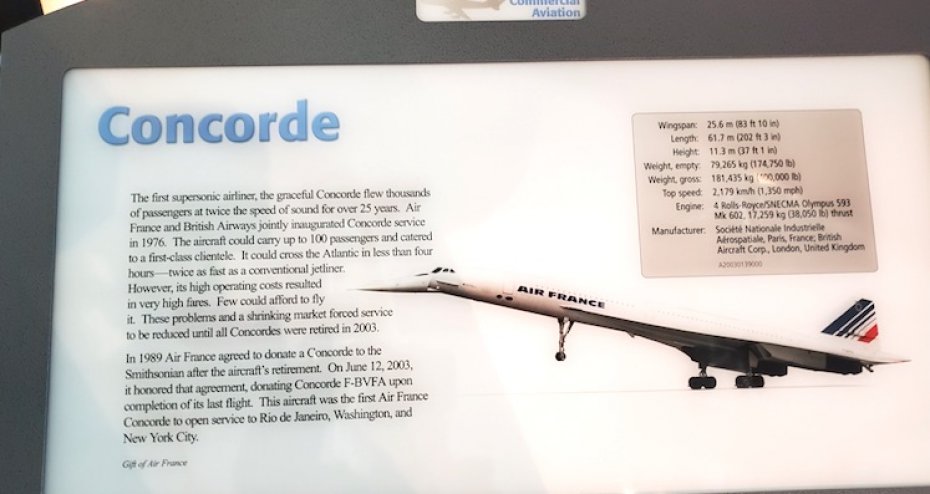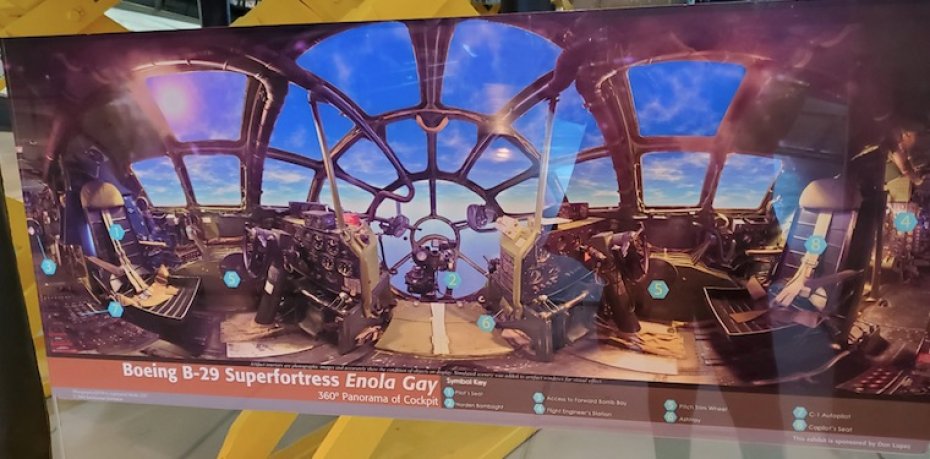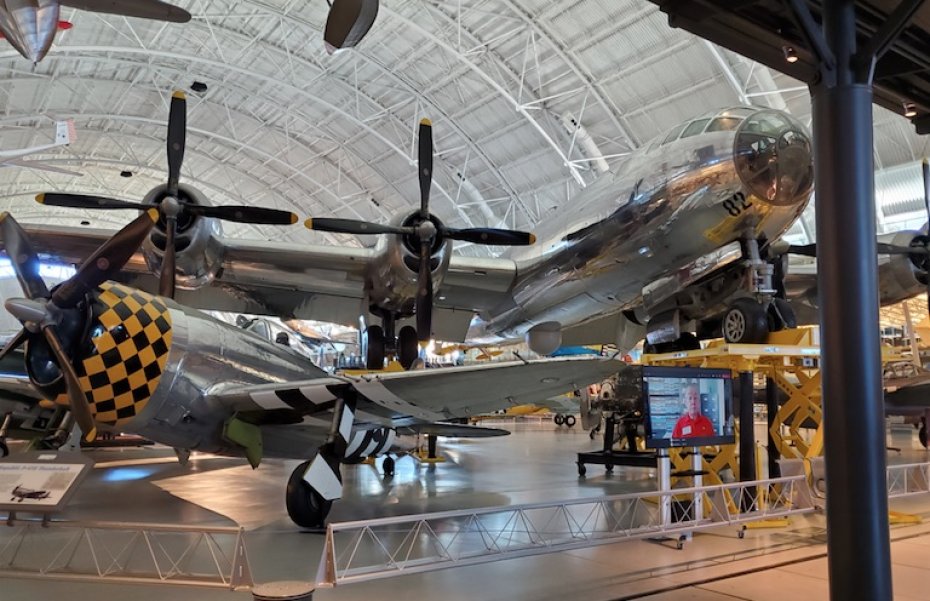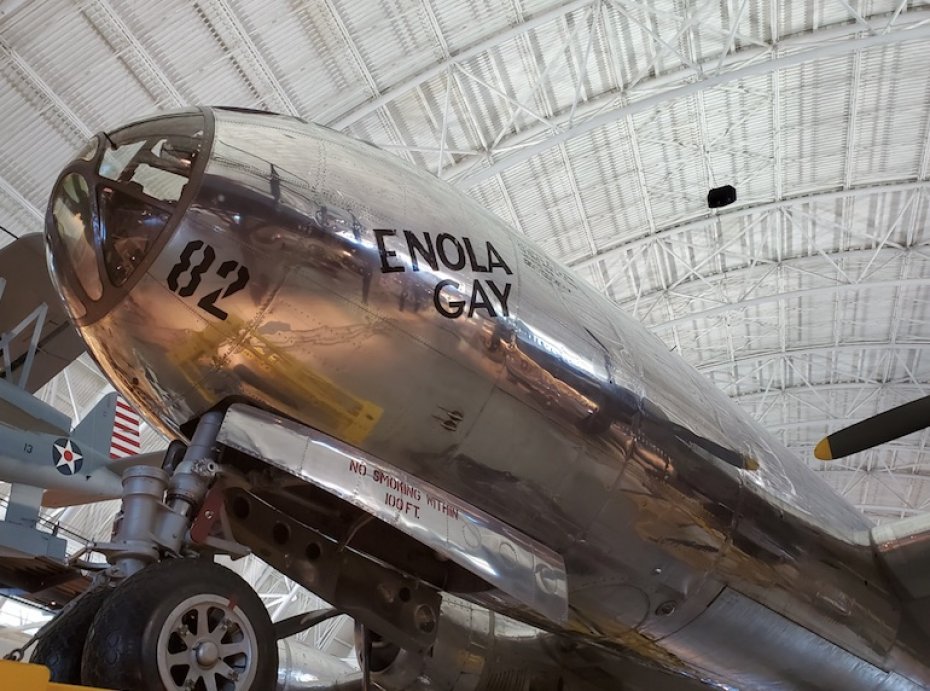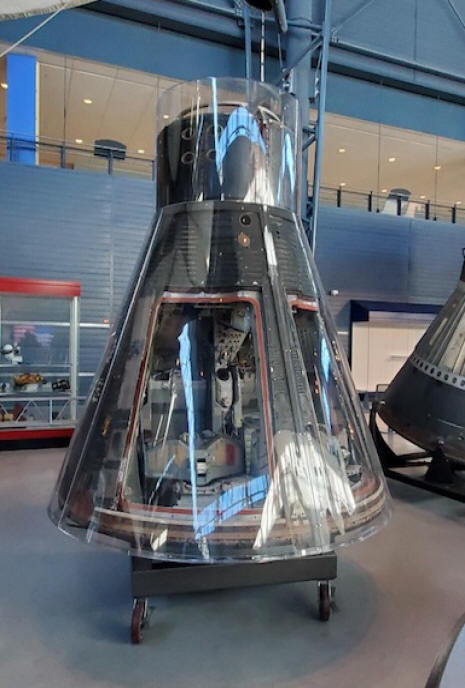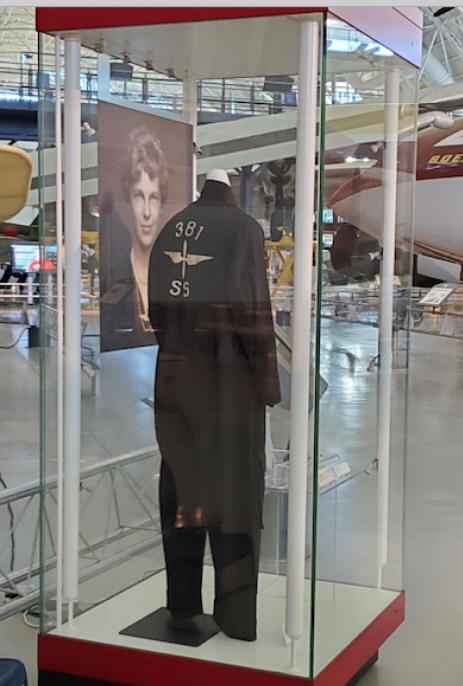
|
|
|
|
Laurel Grove School is the last extant “colored” schoolhouse in Northern Virginia. Former slaves, using donated materials, constructed it in the 1880s. It was associated with the Laurel Grove Baptist Church. The reconstructed school is now a museum open by appointment. 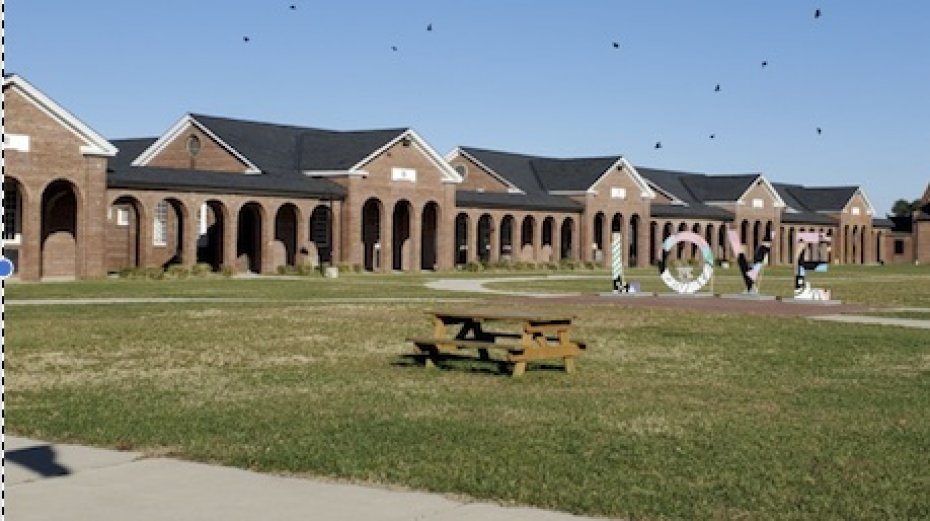
The Silent Sentinels, 33 members of the National Women’s Party picketing the White House. The suffragettes were arrested, taken to prison, chained, beaten and otherwise abused by prison staff on November 15, 1917, “The Night of Terror.” The Lucy Burns Museum, named in honor of one of the leaders, interprets the story of the suffragettes’ imprisonment and the history of the facility from 1910-21. The 19th Amendment, giving women the vote, was adopted on August 18, 1920. workhousearts.org 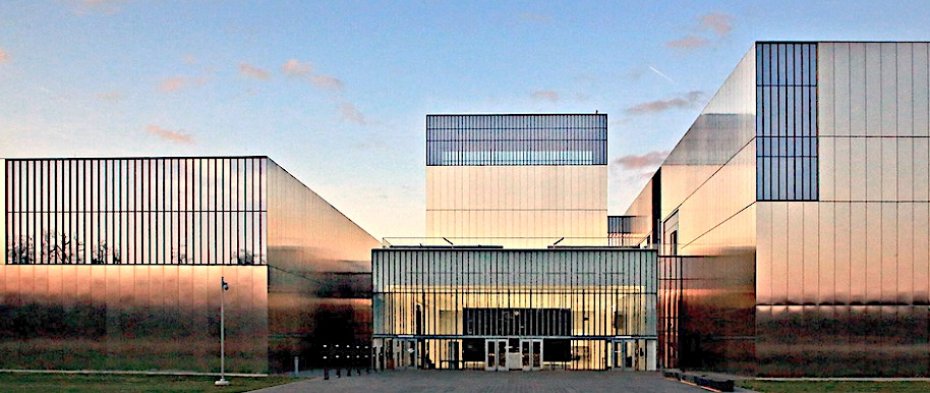
Artifacts not to be missed
include Sgt. Alvin C. York’s WWI steel helmet, a WWII M4
Sherman “Cobra King” Tank, a Normandy Beach Higgins
Boat, a UH-1B Huey Helicopter and the engine remains of
the UH-60 Black Hawk Helicopter shot down in Somalia.
Particular attention should be paid to the 70 sculpted
figures in the galleries. Each was modeled after a
currently serving soldier.
National Air and Space Museum’s
Steven F. Udvar-Hazy Center is home to over 2,800
artifacts, memorabilia and videos that detail the story
of aviation from early aircraft to spacecraft. Exhibits
include flight attire worn by Amelia
Earhart, a B-29 Superfortress bomber, Boeing
Stratoliner, Supersonic Concorde and Space Shuttle
Discovery. A highlight of the exhibitions is the B-29
Enola Gay, the plane that dropped the bomb on Hiroshima
on August 6, 1945. The museum borders Dulles Airport.
Renee Gordon has written a weekly travel column for the Philadelphia Sun Newspaper for the past fifteen years and has published articles on local, national and international travel in numerous publications. Her columns focus on cultural, historic and heritage tourism and her areas of specialization are sites and attractions related to African American and African Diaspora history. Renee has been a guest radio commentator on various aspects of tourism and appeared in a documentary, "The Red Summer of 1919". As an educator for thirty years she was an English teacher, event and meeting planner, served as an educational consultant and intern-teacher mentor. She contributed to textbooks on women's history and classroom management and has facilitated workshops on both subjects. Renee considers herself a "missionary journalist" and as such she continues to promote heritage and sustainable tourism. 2013 Recipient of African Diaspora World Tourism Flame Keeper in Media Award for Travel Writing Affiliations
We'd love your comments!
|
Connect with us on:
American Roads and | ||||||||
|
Public Disclosure--
Please Read The FTC has a law requiring web sites to let their readers know if any of the stories are "sponsored" or compensated. We also are to let readers know if any of our links are ads. Most are not. They are just a way to direct you to more information about the article where the link is placed. We also have several ads on our pages. They are clearly marked as ads. I think readers are smart enough to know an ad when they see one but to obey the letter of the law, I am putting this statement here to make sure everyone understands. American Roads and Global Highways may contain affiliate links or ads. Further, as their bios show, most of the feature writers are professional travel writers. As such we are frequently invited on press trips, also called fam trips. On these trips most of our lodging, dining, admissions fees and often plane fare are covered by the city or firm hosting the trip. It is an opportunity to visit places we might not otherwise be able to visit. However, no one tells us what to write about those places. All opinions are 100% those of the author of that feature column. |
|||||||||
|
Privacy Policy/ Archives /
Contributors /
Subscribe to
American Roads Books by
Kathleen Walls /
Contact /
Sponsor or Advertise/ American Roads & Global Highways Home Page
|

